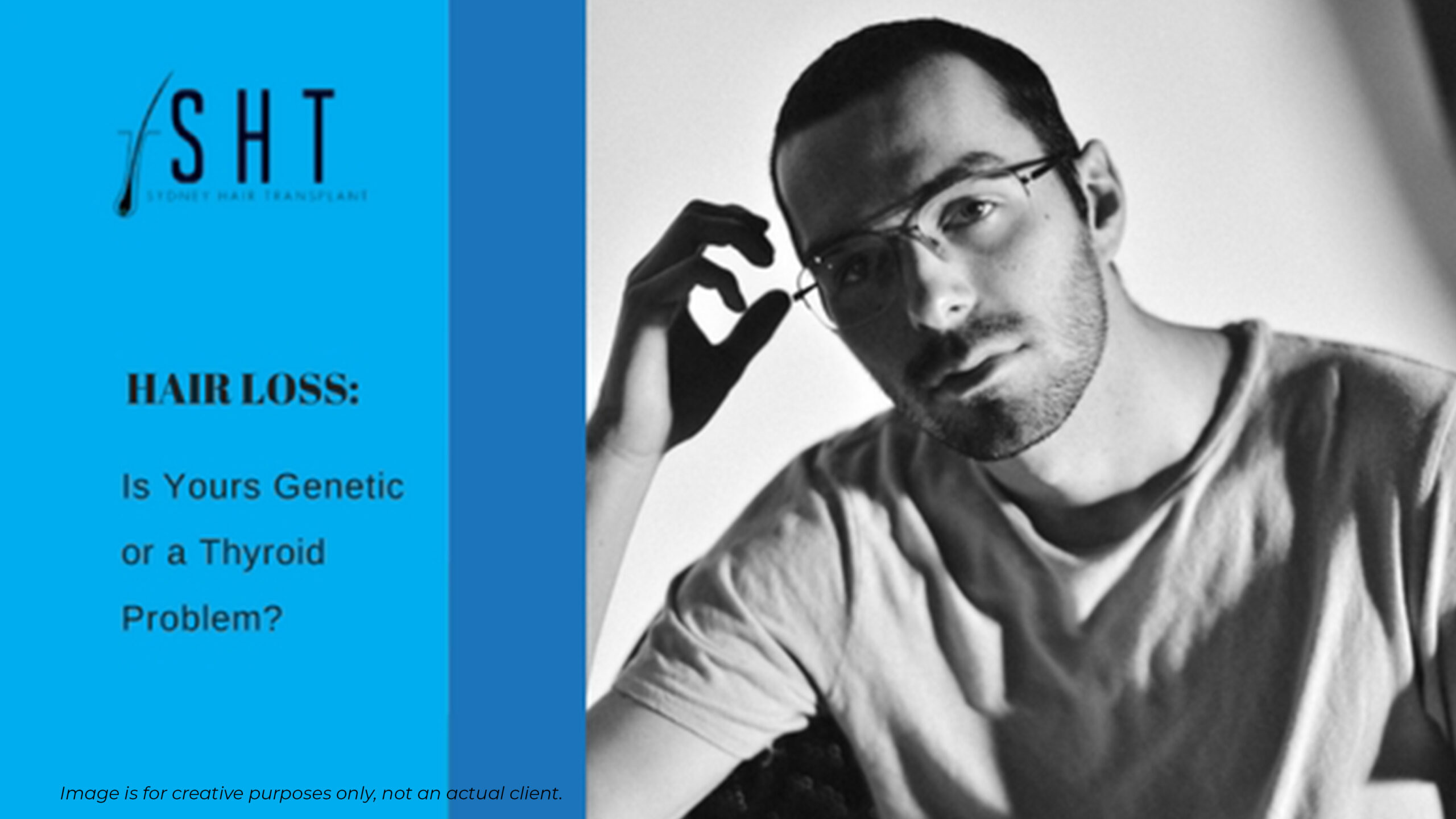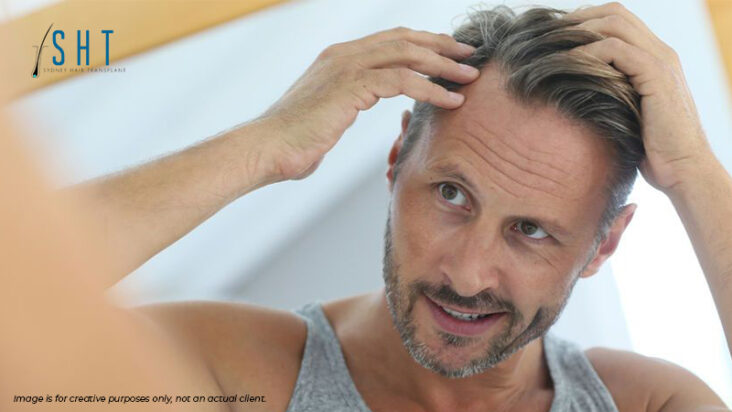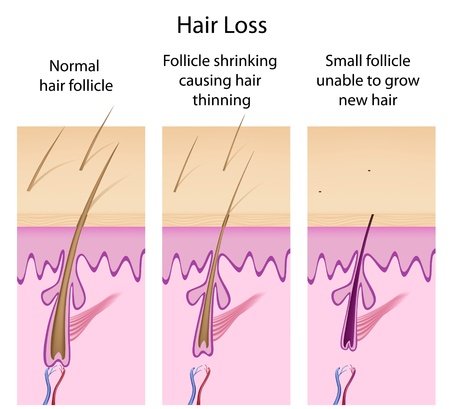Updated on December 23, 2019
Hair is an important aspect that defines your appearance and a feature that can either boost or bust your confidence. This is why some guys are willing to pay a king’s ransom to restore their locks when faced with the threat of baldness.
However, a leap into surgical hair restoration is no easy feat and it’s good that you found your way here to apprise yourself on what to expect after a hair transplant. In this way, you are more equipped to manage the aftercare process.
Sitting is recommended
Any trauma that results in a break in the skin’s integrity can result in swelling or edema on the affected area. It is a natural consequence of hair transplantation that occurs around 2-6 days after the operation.
Due to gravity, swelling can go down to the eyelids, which in some cases can become so severe that you may be unable to open your eyes. This would result in bruising or a “black eye” after a few days. Prolonged swelling can also increase the risk of complications and your absences from work due to an unaesthetic appearance.
Doctors use this table when objectively assessing and grading post-operative edema:
| GRADE | Description |
| Grade 0 | No edema |
| Grade I | Upper forehead edema |
| Grade II | Upper and lower forehead edema |
| Grade III | Periorbital edema |
| Grade IV | Black eyes |
During the initial stages of recovery, maintaining an upright or semi-lying down position can help reduce the swelling faster. When sleeping you can elevate your head at a 45-degree angle using two pillows.
Other physical methods to reduce swelling include:
- The use of a firm headband
- Application of adhesive tapes below the hairline
- The use of ice packs or bags of frozen peas
- Steroids (orally or intramuscularly)
A proactive approach to minimise the swelling helps improve healing time and will make it progress faster.
Pain is a possibility
It’s normal to feel sore days after surgery. Typically, the donor and recipient site will do well a week after surgery, but it is also true that nerves awaken and the fluid under the skin will relocate resulting in a throbbing discomfort.
Pain during and after hair transplant surgery is expected. It is managed by proper surgical technique and the use of pain medications. Factors that contribute to pain include:
- Wide strip
- Bleeding
- Wound tension
- Large sessions with inadequate anaesthesia
FUE (follicular unit extraction) heals faster than FUT (follicular unit transplantation) because it is less invasive. The pain experienced after surgery also varies accordingly. It is normal to experience some mild pain in the area up to two weeks after surgery, especially with FUT.
Generally, the pain will naturally decline days after the procedure. But if you notice its intensity increases, it is necessary that you report this immediately to your doctor for it could signal an infection especially if accompanied by redness, fever, and foul-smelling discharges.
Generally, the pain will naturally decline days after the procedure.
Post-operative instructions vary for each surgeon. A cold compress is the easiest way to manage pain at home. Some doctors also advise moderate massages to the donor region to help alleviate the pain and increase circulation which is vital for healing. Non-steroidal anti-inflammatory drugs (NSAIDs) and analgesics are also prescribed to ease the pain.
Shock loss
As the name suggests, shock loss can leave some worried as their transplanted hairs begin to fall off after surgery. This is a temporary state of hair shedding after a hair restoration procedure. this is a normal response to scalp trauma. In a few weeks, new hairs will start growing in place. For some patients, this can be a big psychological blow and may seem like the surgery failed, but for others, this is a normal part of the recovery process.
There are certain factors that increase the severity of shock loss. FUE is more likely to result in transient hair loss in the donor area than FUT. However, if FUT uses large amounts of grafts at a time and the strip is not closed correctly, this can worsen the shock loss a patient experiences.
If you are experiencing shock loss, the hair typically begins to grow back around 2-4 months in the new growth cycle. Around 99% of shock loss cases are temporary with an average return time of three months. However, if the patient has miniaturized hairs on the area where the shock loss is happening, then that hair might not grow back. This is because miniaturized hairs are already on their way out and shock loss caused by trauma only speeds up the process.
Healing time varies
The healing time for a hair transplant surgery generally follows a certain timeline. However, it is also true that there is no hard and fast rule on how we recover. It is normal for some to heal much faster than others, while some may encounter problems along the way. These differences are either caused by your biological makeup, your post-operative aftercare technique, or the surgeon’s surgical technique and expertise.
Usually, patients would sport a full growth around the tenth or eleventh month after surgery. If you are growing as much as the next guy, know that there are other factors that may come into play. Don’t immediately raise up arms thinking that you have been short-changed. Full growth may take a year, while others might even start to notice it during the 24th month.
You might need more than one session
As mentioned earlier, every patient heals differently. This is the reason why some patients need more than one session. In these cases, the surgeon would assess the hair growth after the initial procedure, before deciding on whether a second one is necessary. This is part of the individualized care that can be expected from a reputable surgeon.
The extent of hair loss would also affect the number of sessions that you need to undergo. This is common in those who have extensive or an advanced form of hair loss. If you prefer an FUE procedure, this would usually require more than one session to achieve the desired result.
These secondary procedures may also be considered touch-ups to cover areas that may still be affected by the progressing hair loss. Therefore, some surgeons advise other patients against hair transplant too early on, as they prefer to perform the procedure after the hair loss has stabilized.
Risks are always involved
Every surgery comes with risks. Anything that involves a break in skin integrity means opening yourself up to a host of complications which can result in a poor outcome.
| Post-Operative Complications in Hair Transplant Surgery |
| General Complications |
|
| Complications After FUT |
|
| Complications After FUE |
|
The good news is that the circumstances that surround these risks are all controllable. It comes down to preparing your body, choosing the right team, and never selling yourself cheap to dubious practices. The question is, are you willing to increase these risks or improve your chances for success? From there, you make the effort accordingly.
It’s not just your hair you restore!
Although this is not an assurance, a new hairline or an improved hair density is not the only possibility that you get out of the procedure. A hair transplant helps you regain confidence as well. The reason why success is not a certainty is that the result relies on several factors that all come into play. If you want to meet this expectation, you need to put in the effort to prepare for the procedure. When done properly, this surgical option can leave you with highly satisfying results.
A hair transplant helps you regain confidence
More people are opening up to a hair transplant now due to the advanced techniques and devices that increase your chances of getting a natural-looking result. If they like to be discreet about it, people can come out after recovery feeling more confident because studies show that most men can’t even notice a hair transplant.
Take these into consideration while you plan for your hair transplant. For advice on hair transplant in Sydney, talk to Dr. Daood of the Sydney Hair Transplant Clinic. Book your consultation today, here.



















